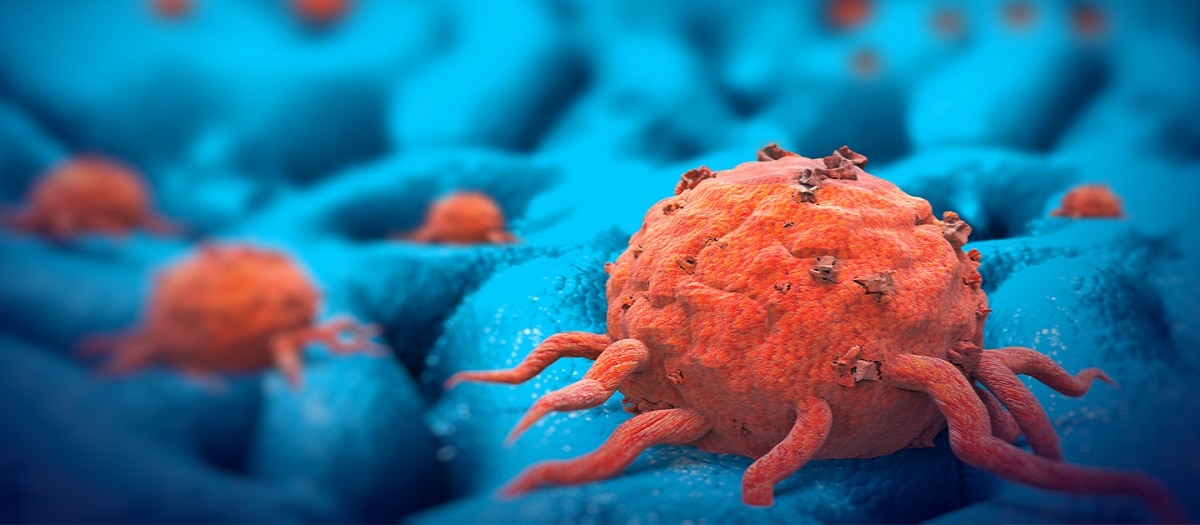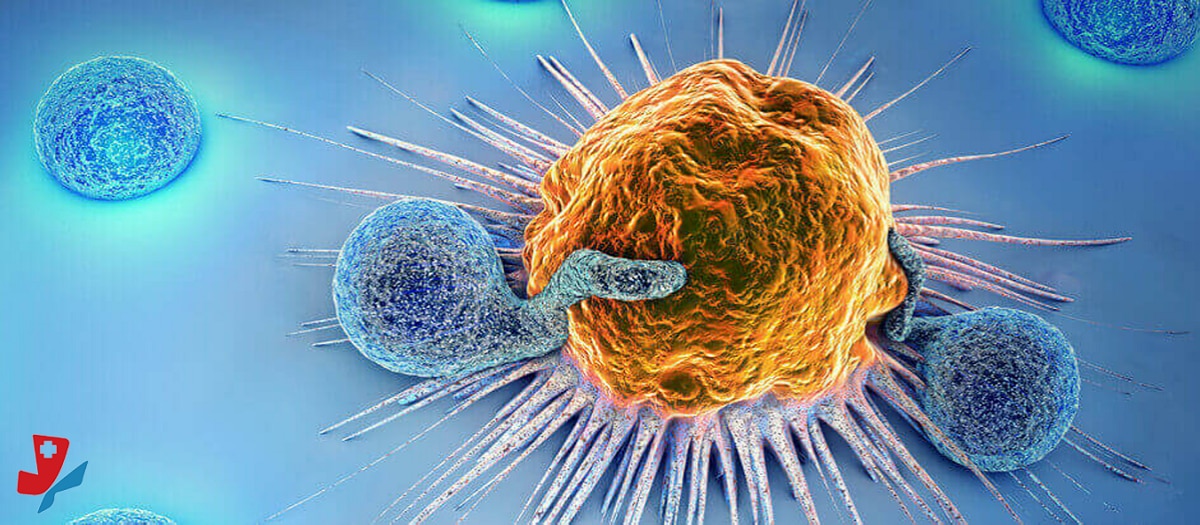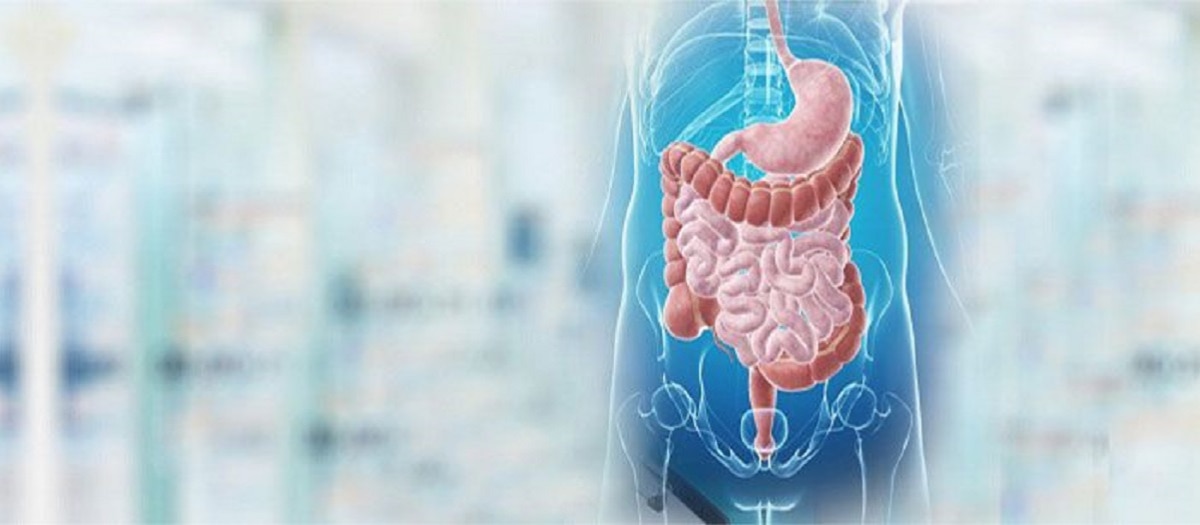What is achalasia cardia?Achalasia cardia is a medical condition that affects the ability of the esophagus (the tube connecting the mouth to the stomach) to move food and liquids into the stomach. It occurs when the lower esophageal sphincter, which is a ring of muscles at the end of the food pipe, fails to relax properly. As a result, food and fluids have difficulty passing through the food pipe and reaching the stomachWhat are the symptoms of achalasia cardia?Symptoms of achalasia can vary from person to person, but the most common ones include:1. Dysphagia: Difficulty swallowing is the hallmark symptom of achalasia. It typically starts with difficulty swallowing solid foods and progresses to difficulty swallowing liquids as the condition worsens. People may feel like food or liquids get stuck in the chest or throat.2. Regurgitation: Undigested food, saliva, or a sour-tasting liquid may come back up into the throat or mouth, especially after eating or drinking.3. Chest pain or discomfort: Some individuals experience a dull, aching pain in the chest, which may be mistaken for heart-related pain (angina). The pain can occur during or after eating.4. Weight loss: Persistent difficulty in swallowing can lead to unintentional weight loss over time.5. Heartburn: Many people with achalasia also experience symptoms of gastroesophageal reflux disease (GERD), such as heartburn, a burning sensation in the chest or throat.6. Coughing and choking: As a result of food and liquids being difficult to swallow, individuals with achalasia may cough or choke while eating or drinking.It is important to note that these symptoms can be caused by other conditions as well. If you experience persistent difficulties with swallowing or any of the symptoms mentioned above, it is advisable to consult a healthcare professional for an accurate diagnosis and appropriate treatment.What investigation are required – achalasia cardia?To diagnose achalasia cardia and rule out other conditions with similar symptoms, several investigations may be performed. The following are common diagnostic tests for achalasia:1. Esophageal manometry: This test measures the pressure and coordination of the muscles in the esophagus. It is considered the gold standard for diagnosing achalasia. A thin tube with sensors is passed through the nose or mouth into the esophagus to record the muscle activity and pressure changes as the person swallows.2. Barium swallow test (esophagram): This is a radiographic test in which the person swallows a liquid containing barium, a contrast material. X-rays are then taken to visualize the movement of the barium through the esophagus and identify any abnormalities, such as the characteristic "bird's beak" appearance at the lower esophageal sphincter.3. Endoscopy: A flexible tube with a camera (endoscope) is inserted through the mouth to examine the esophagus and stomach. This allows the doctor to check for any structural abnormalities, inflammation, or tumors that could be causing the symptoms. Additionally, during endoscopy, a tissue sample (biopsy) may be taken to rule out other conditions.These investigations help in confirming the diagnosis of achalasia cardia and assessing the severity of the condition. Other tests, such as upper gastrointestinal (GI) series and esophageal pH monitoring, may be conducted to gather additional information or rule out other potential causes of the symptoms.It is important to consult with a healthcare professional who will determine which investigations are appropriate based on your specific symptoms and medical history.What is the treatment of Achalasia cardia?The treatment of achalasia cardia aims to improve the movement of food through the esophagus and alleviate the symptoms. The choice of treatment depends on various factors such as the severity of symptoms, individual preferences, and overall health.
READ MORE




 +918048040051
+918048040051






